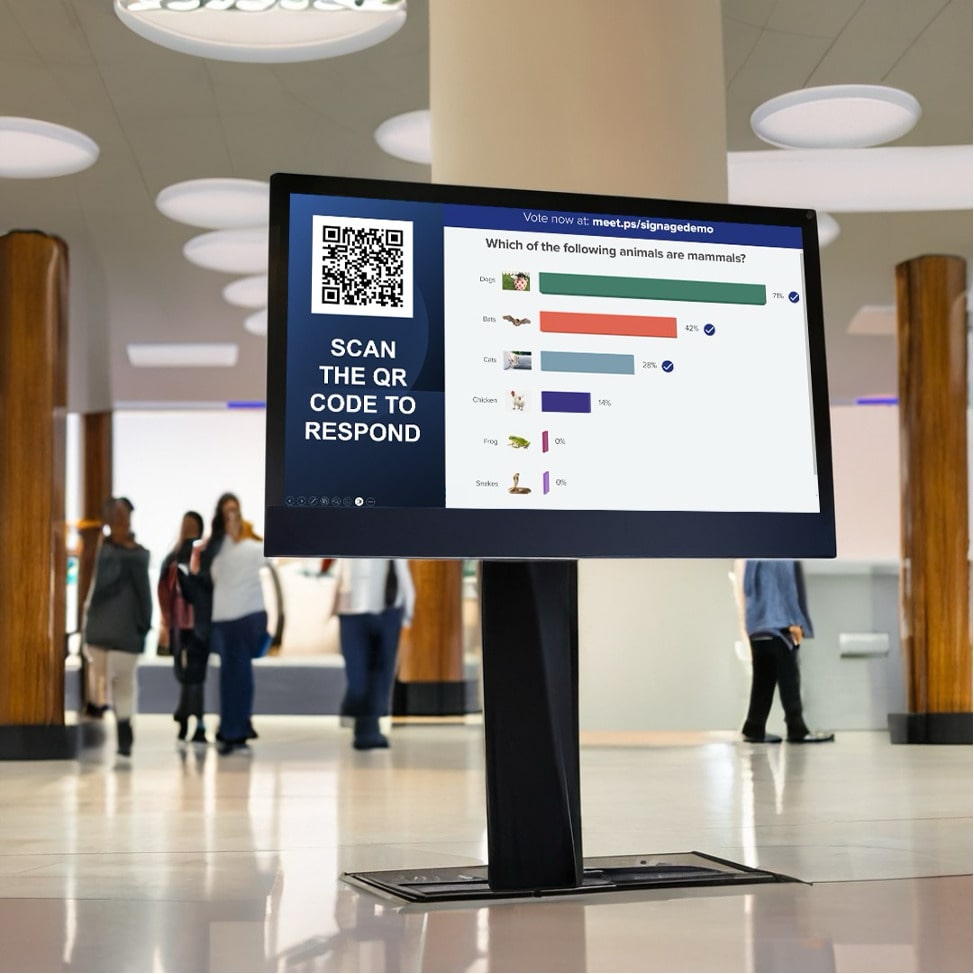Most of us think about corporate communication as a formal process that happens in meetings, in discussions, via email, via app, or over the phone. We often think about words, whether it’s in a formal letter or delivering a presentation.
But one key aspect of corporate communication is commonly overlooked. Though its meaning is hard to pin down, it happens from the moment you set foot in the workplace.
What Does Nonverbal Communication Mean?
Nonverbal communication is the way you interact with people in ways other than using words. This process changes affects how your coworkers perceive you.
Nonverbal communication, according to a wide variety of experts over the years, is responsible for about 60-90% of overall communication.
The importance of nonverbal communication as a professional tool is significantly overlooked given how much it actually matters. It’s the quieter side of communication in general — and corporate communication specifically.
Nonverbal Communication Examples
How can you use nonverbal communication to your advantage in the workplace? Below is a list of some nonverbal communication elements to consider while on the job. Whether it’s how you keep your desk, what you wear, or how you move around the office, it’s good to be aware of the nonverbal cues and messages that you’re sending to those around you.
- Facial expressions: Feeling something intense? Perhaps keep to yourself for a bit. Feeling positive? Let your face tell your team how happy you are at work.Take care with any accidental facial expressions that could cause tensions among your coworkers. Even if you are not conscious of these nonverbal expressions, your face often gives away any negative emotions more than you think.
- Posture: Slumping in your chair? Adopting a power pose? Make sure that your posturing matches the image you’d like to convey at work. You may be subconsciously communicating that you’re lazy or that you don’t respect your boss simply if you are slouching over or looking up at the ceiling too much.Your posture tells others more about you than you might think!
- Gestures: Nonverbal communication includes gestures, which can be used in a wide variety of ways. Many powerful leaders consciously use gestures to encourage trust and confidence.Subconscious gestures, on the other hand, can reveal insecurities, discomforts, or other information that you may or may not mean to share with your coworkers. Nonverbal behavior through gestures can change how your work colleagues see you, for better or for worse.
- Clothing: We all get dressed every day and of course we think at least a little bit about what we are wearing. But simple color and accessory choices can say a lot about you.Are you open-minded, conservative, tidy? Are your clothes ironed and free from pet hair? Does your outfit match? Does it fit? All of these details provide information about your personality to those around you — coworkers and clients alike.
- Movement: Are you broad and fast with your movements or restricted and slow? The way you move through space conveys a lot about how you feel at work.Take a moment to watch those around you. What do their movement styles say about them? Moving too quickly can imply an erratic nature, while moving slowly and without intention can imply boredom.
- Desk Decor: Although it may not always be thought of as part of nonverbal body language, your personal space conveys a lot to others about who you are. Is it tidy? Is it colorful? Do you have a lot of items, notes, trinkets‚ or is your desk almost empty?Leaving trash from lunch or personal items out can say a lot about you. As an effective nonverbal communication technique, consider consciously curating your space to send the message you’d like to send to your coworkers.
- Physical Contact: This is not a major nonverbal element at work, right? Well, a great deal of information can be conveyed through one handshake. Is your handshake firm or limp? Touch makes a big first impression both with coworkers and with clients.If you pat a co-worker on the back, it may be seen as supportive, or it may feel awkward for the other person. Take care to use touch in a way that conveys your level of professionalism. Touch is an important part of workplace communication — and one that should be used very wisely and carefully.
- Reacting to News and Conversations: Even before you respond to someone verbally, your face and the gestures you use can give away how you feel about any given situation.Whether the nature of conversation is positive or negative, it is important to be aware of your facial expressions and body queues to avoid conveying the wrong emotion.
How to Read Nonverbal Cues
Now that you have a list of nonverbal techniques, know that it is just as important to be able to read the nonverbal cues around you as it is to be aware of your own. The way another person interacts with you can show you their preferences in conducting professional relationships.
You can use this unspoken communication to adapt the way you interact with people.
For instance, you might be an extroverted person who gives firm handshakes and pats people on the back. If someone flinches when you pat them on your back or frowns slightly after you shake their hand, you can read these nonverbal cues to deduce that your work colleague does not like excessive physical contact.
Showing sensitivity and adapting to your coworkers is an example of nonverbal behavior that others will appreciate.
Context Clues
Every occasion requires a different intention directing your nonverbal communication techniques. To employ good nonverbal communication skills, these are some of the different professional contexts you will encounter and how you will need to approach them.
- Internal meetings – It is important to conduct yourself with especially attentive nonverbal behavior. If someone is presenting an idea or project, turn your body to the screen or to the coworker while they talk.
- Casual interactions at the workplace – These are the most common nonverbal interactions you will have, and they are often overlooked. You can show a more relaxed posture than you do in meetings, but always maintain professionalism.
- Networking events – Nonverbal communication skills are one of the first things that strangers and potential contacts notice about you, even though they may be subliminal. Practice nonverbal messages with others before attending a networking event to maximize your performance.
In addition to the importance of location, your position at work also dictates the nature of your nonverbal communication. It goes without saying that executives need to demonstrate that their position of authority.
However, it is equally as important that executives use nonverbal communication techniques to demonstrate a willingness to listen to others.
Negative nonverbal communication, like turning in the opposite direction while someone faces you or twiddling your thumbs, can show arrogance and boredom.
For lower-level employees, it is important to maintain good posture and give firm handshakes. Nevertheless, exaggerating these nonverbal communication techniques as well as other nonverbal cues to show confidence can backfire, causing an employee to seem cocky.
All in all, it is a good idea to maintain a balance of nonverbal communication cues that demonstrate confidence without arrogance, humility without timidity, and of course, without losing your personality.
Conclusion
Both verbal and nonverbal communication skills are important in portraying yourself as a successful employee and professional.
Nonverbal communication techniques are a great way to boost your verbal communication skills and draw attention to the positive aspects of your personality. Always maintain consciousness of your nonverbal behavior to maximize your success.
At MeetingPulse, we believe in healthy communication and cooperation in the workplace. We provide easy-to-use interactive live feedback tools that support healthy corporate culture for employees and administration alike.
If you want to know more about your employees’ thoughts, ideas, and preferences, try out our browser-based audience response system.
We provide real-time survey and polling software for any device, so your audience will never need to download an app.
Contact us for more information about our audience response system or click on “Keep Me Posted” on our blog page to receive blog updates and our free ebook.





















